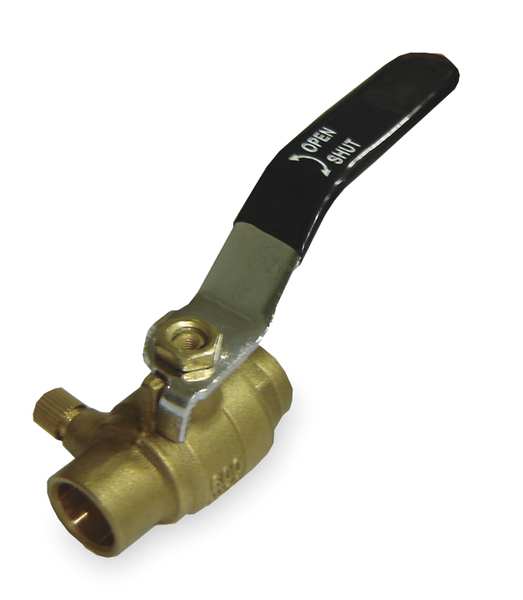I have to tell you, the least satisfying part of my keggle based eHERMS system are the two center inlet chugger pumps. Priming them is a PITA and when changing hoses around it is sometimes very difficult to get them running again. I end up having to take the outlet hose off and moving it below the water level to "burp" the pumps.
Are all food-grade pumps non-priming and a PITA to use? I used to have Iwaki pumps for my reef tanks, which are magnet drive due to the corrosive nature of seawater, and I don't recall them being so difficult to flood and get running.
I think this are Chinese knock-offs of March pumps so I assume they are no better. I am thinking about installing a small bleed valve on the outlet to get them running.
Chris
Are all food-grade pumps non-priming and a PITA to use? I used to have Iwaki pumps for my reef tanks, which are magnet drive due to the corrosive nature of seawater, and I don't recall them being so difficult to flood and get running.
I think this are Chinese knock-offs of March pumps so I assume they are no better. I am thinking about installing a small bleed valve on the outlet to get them running.
Chris








